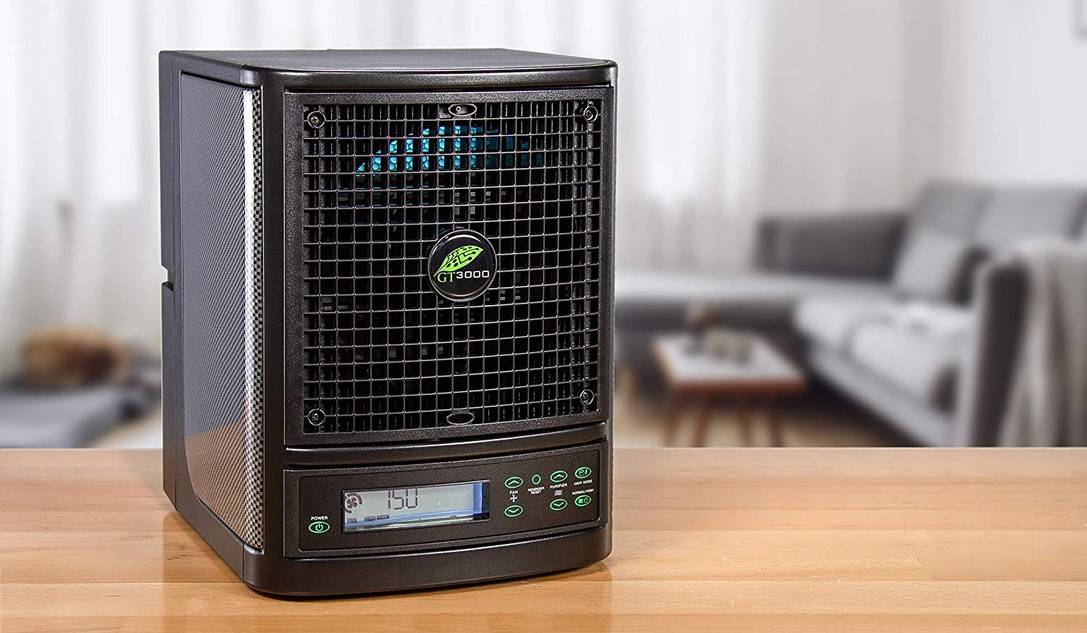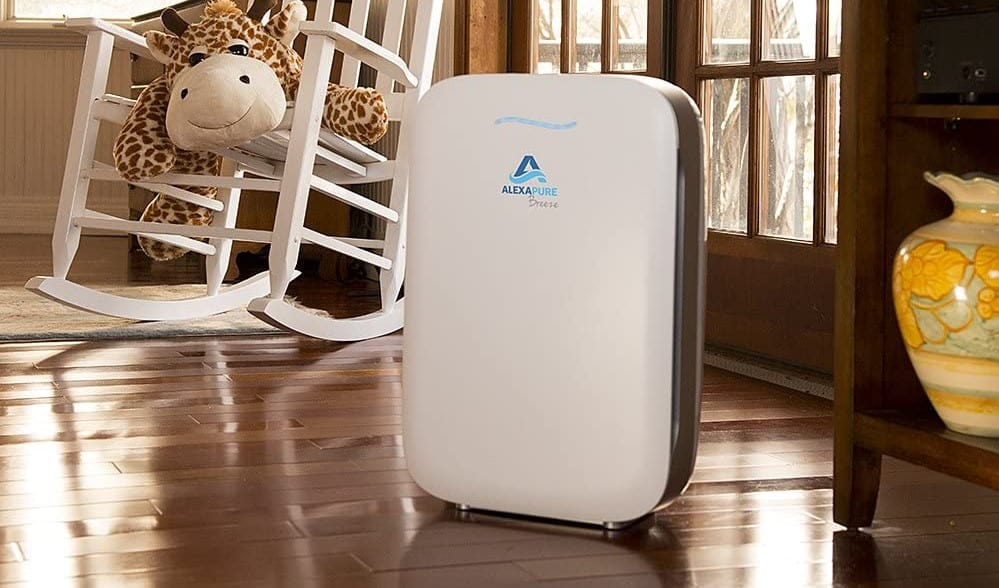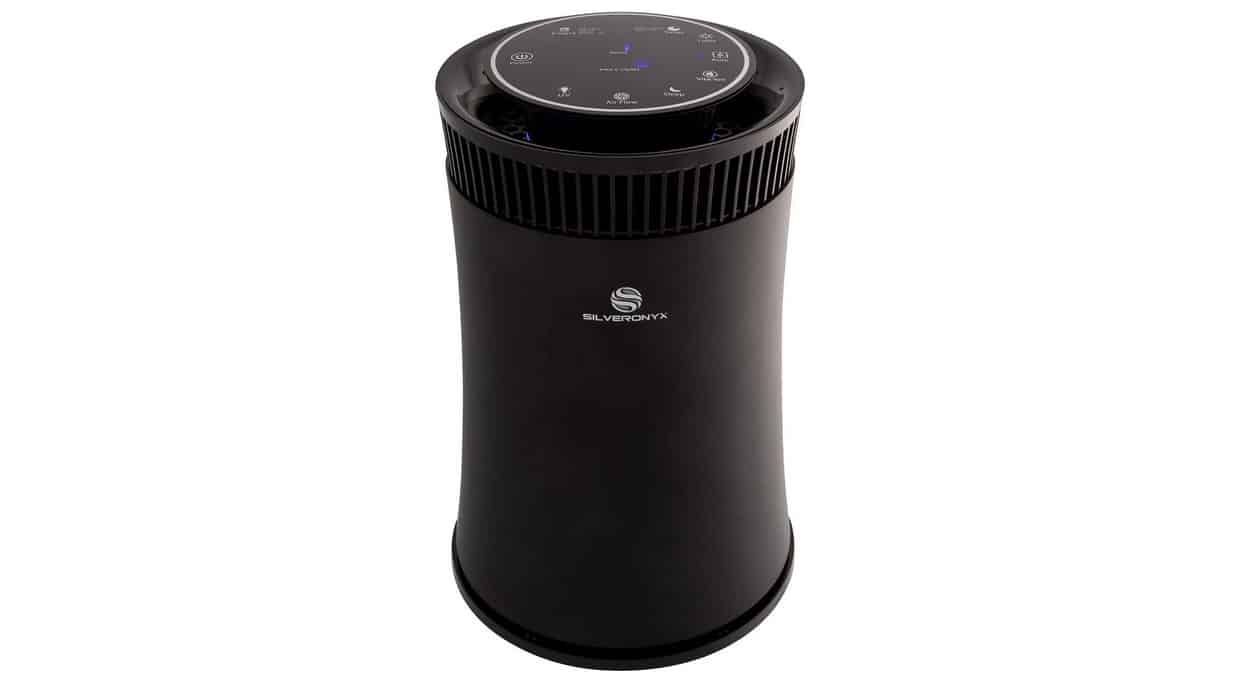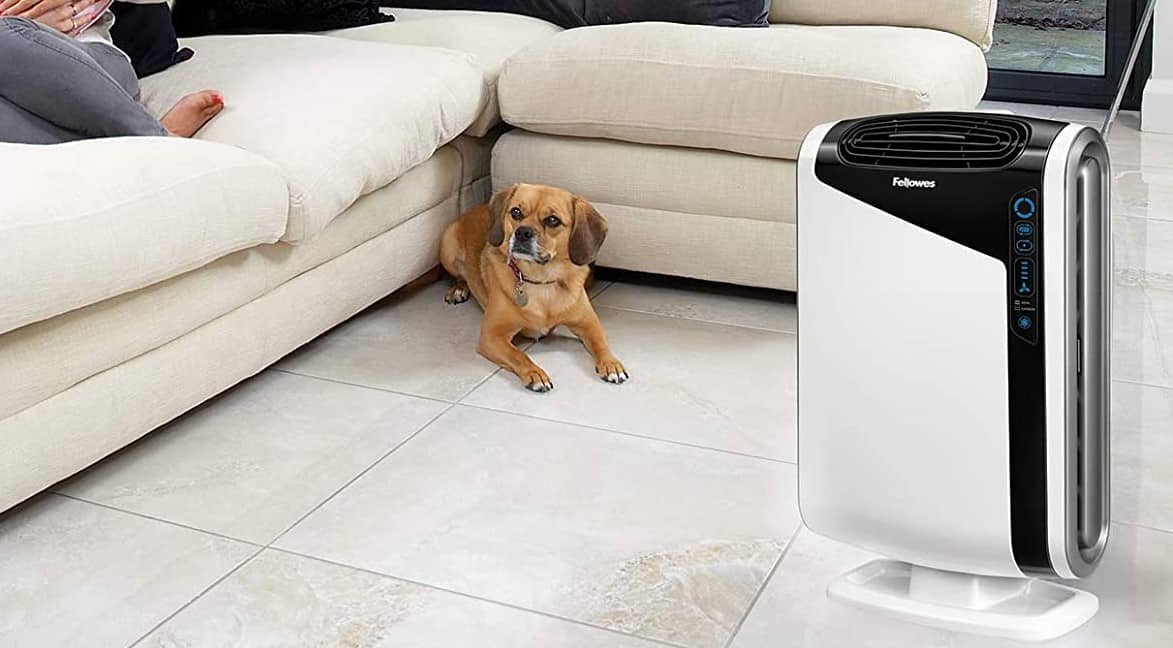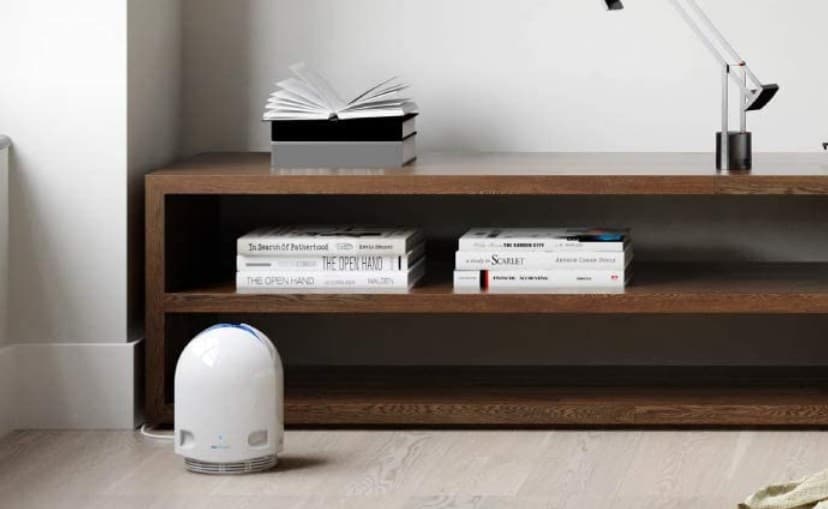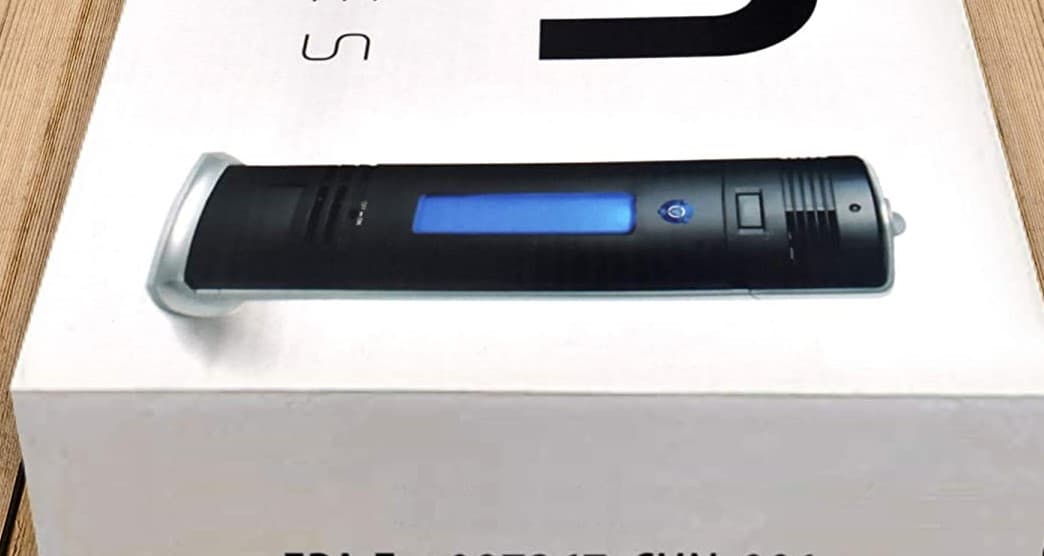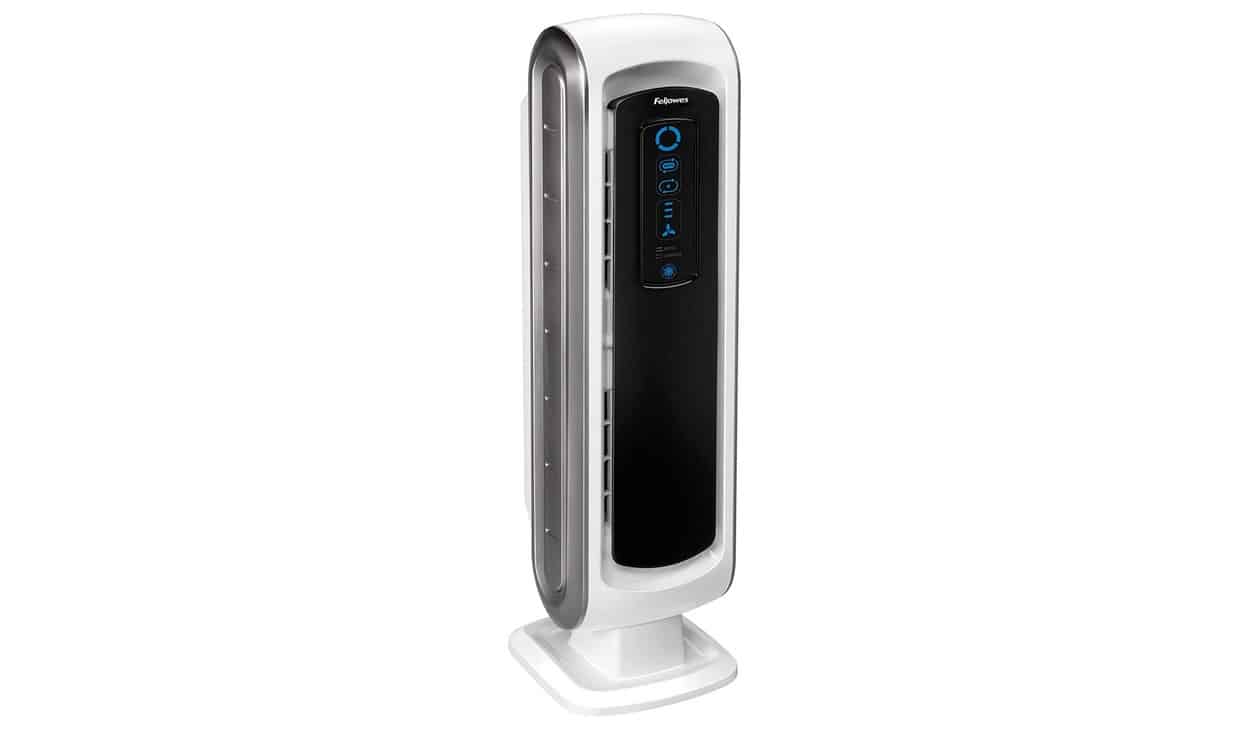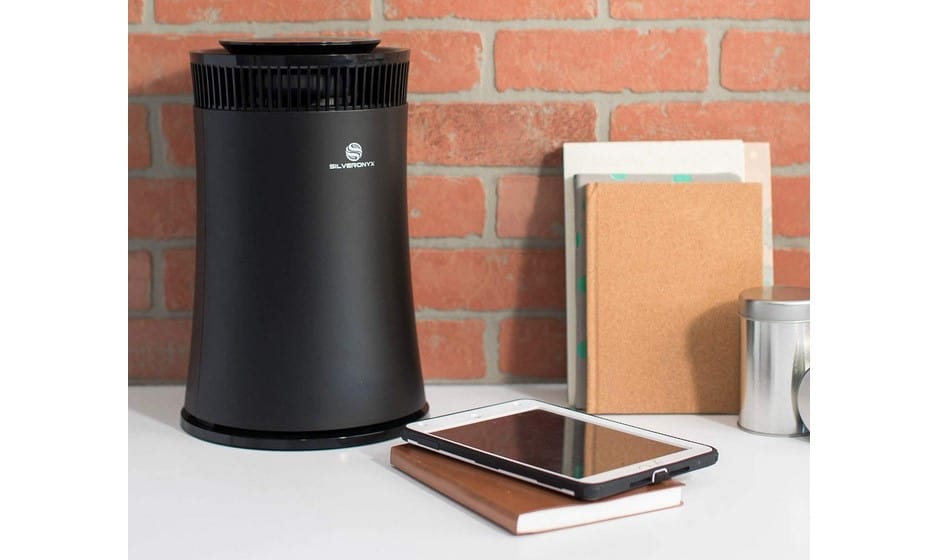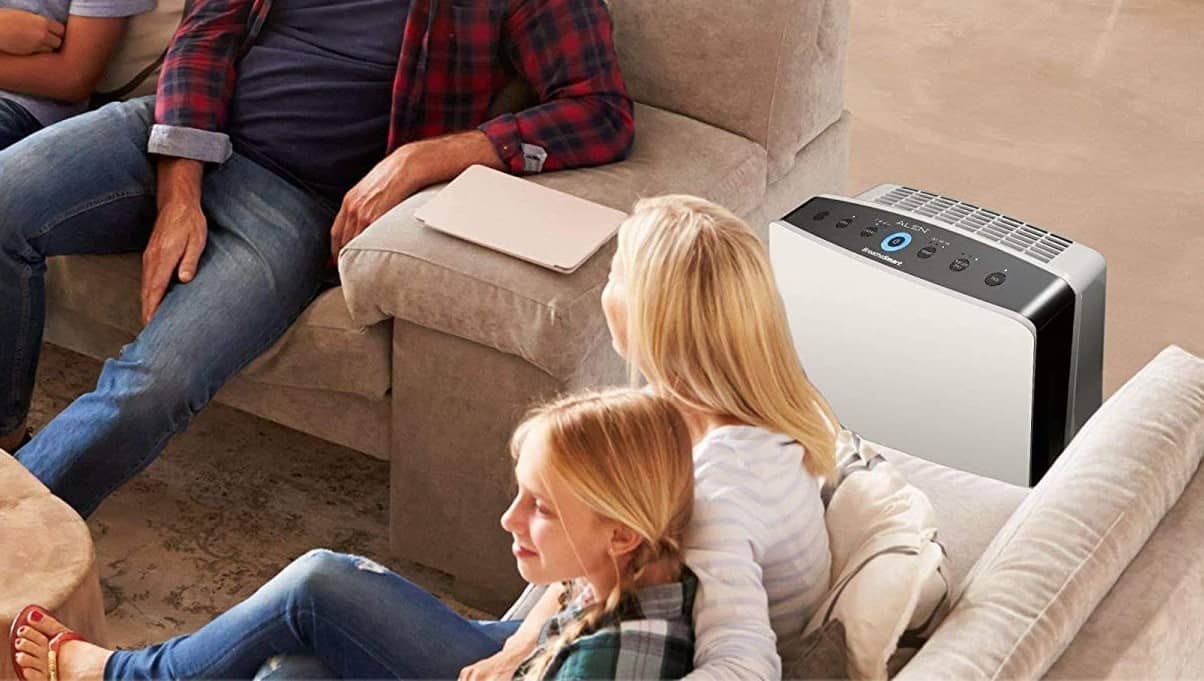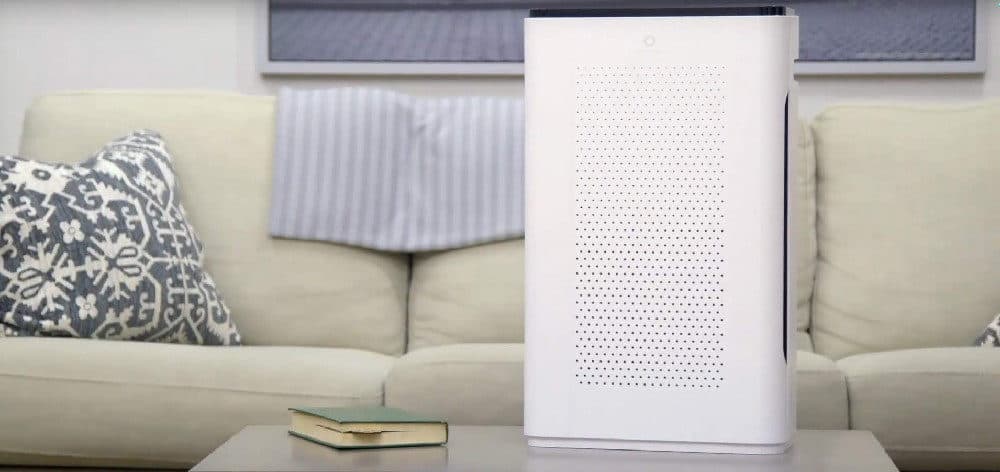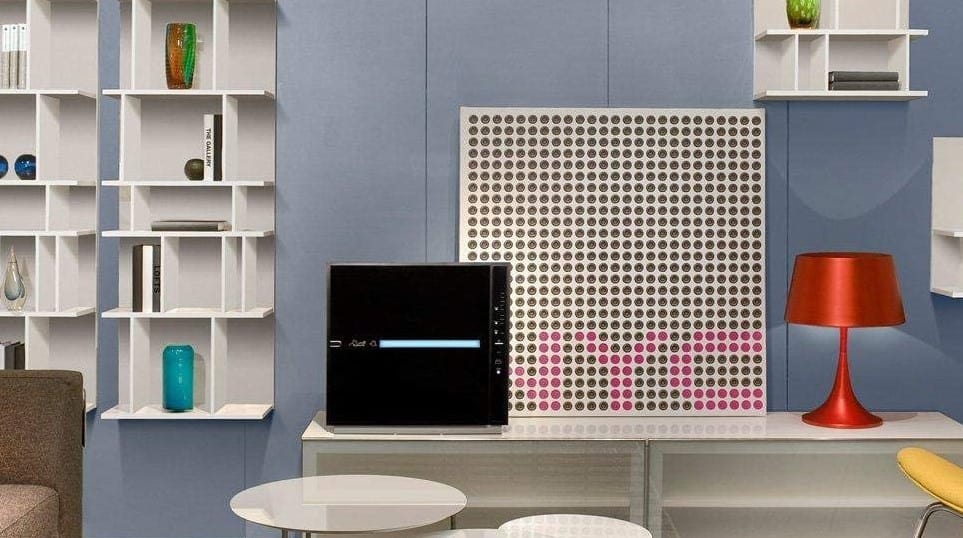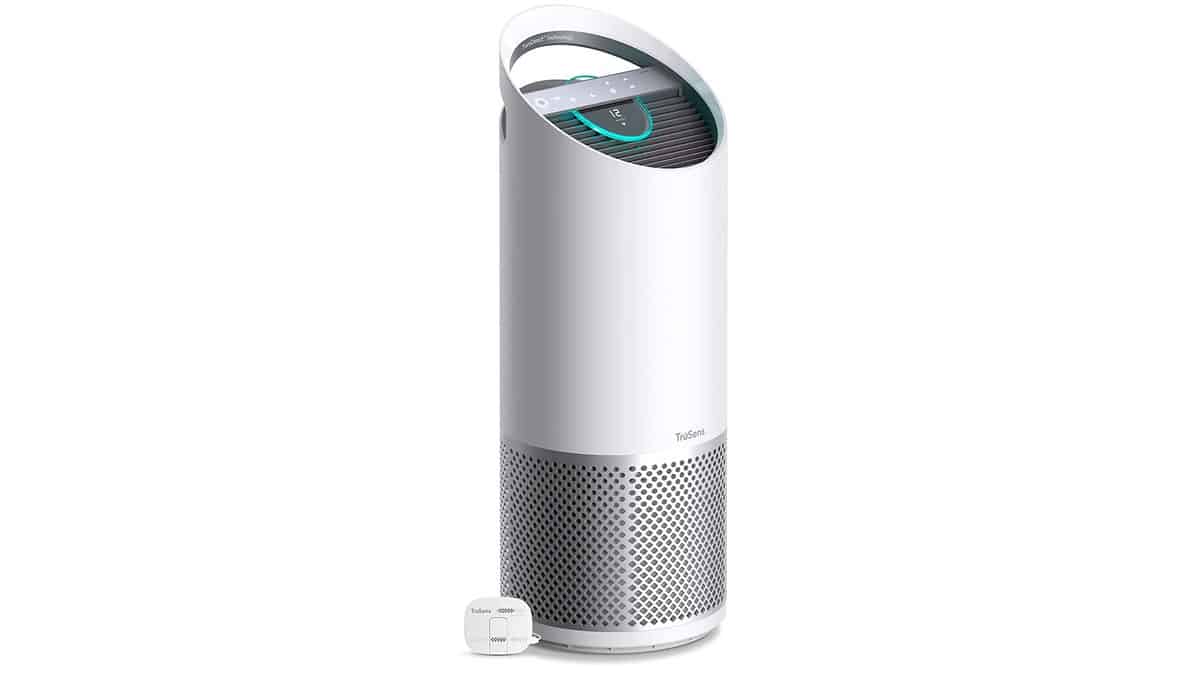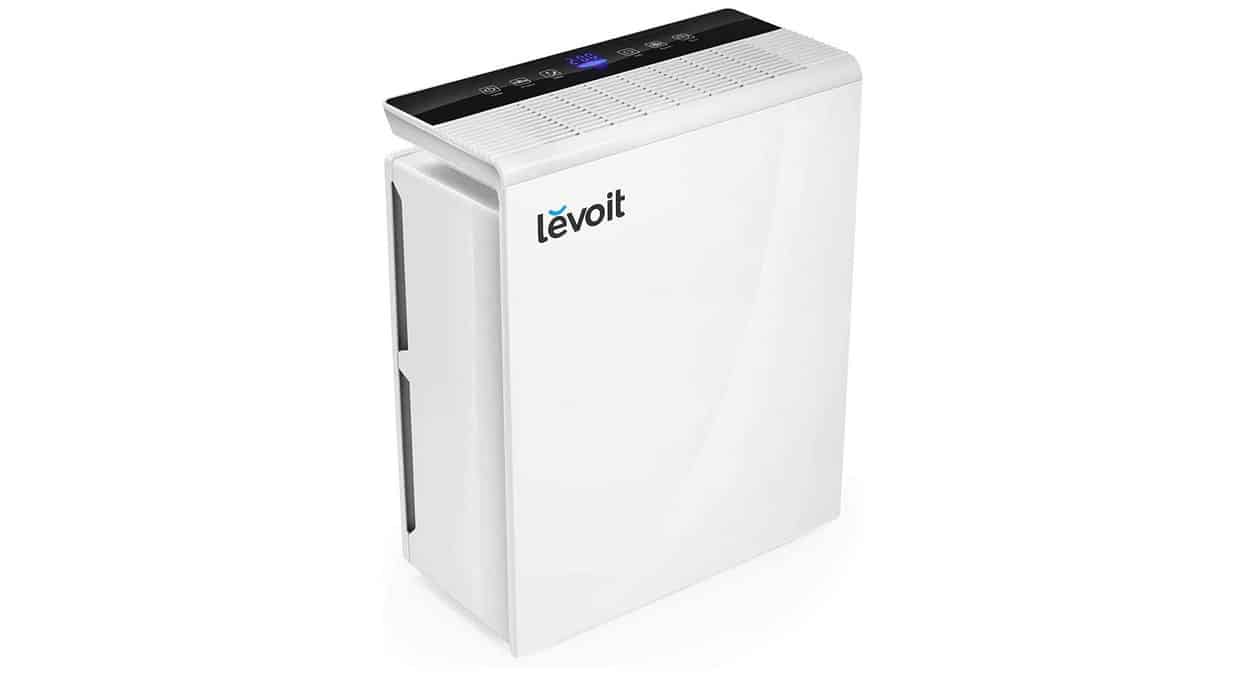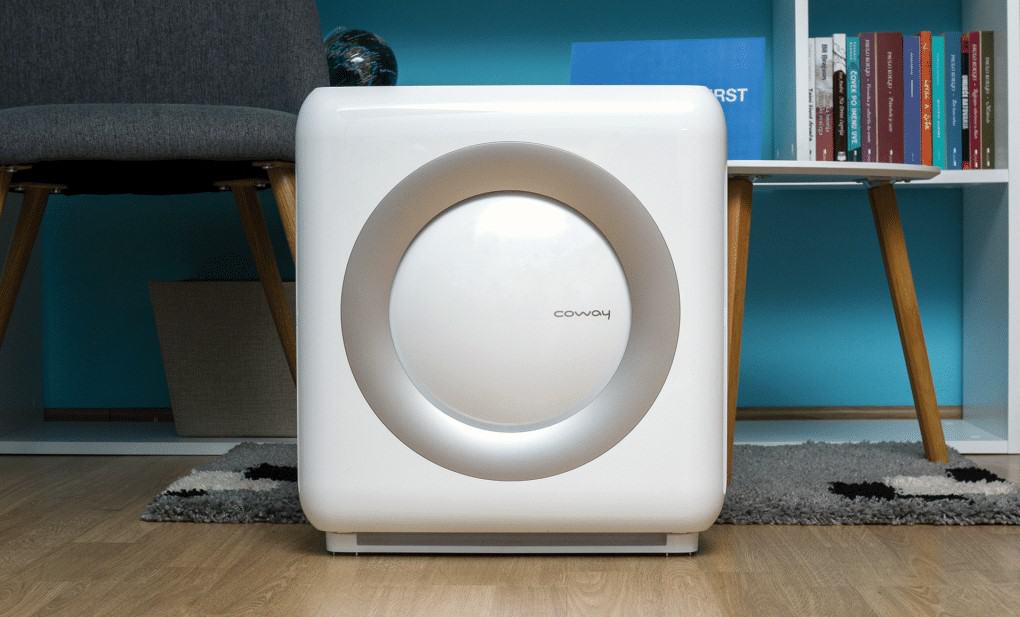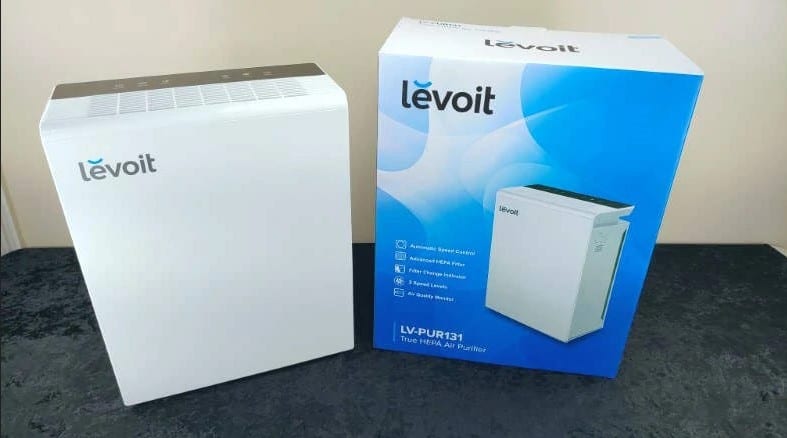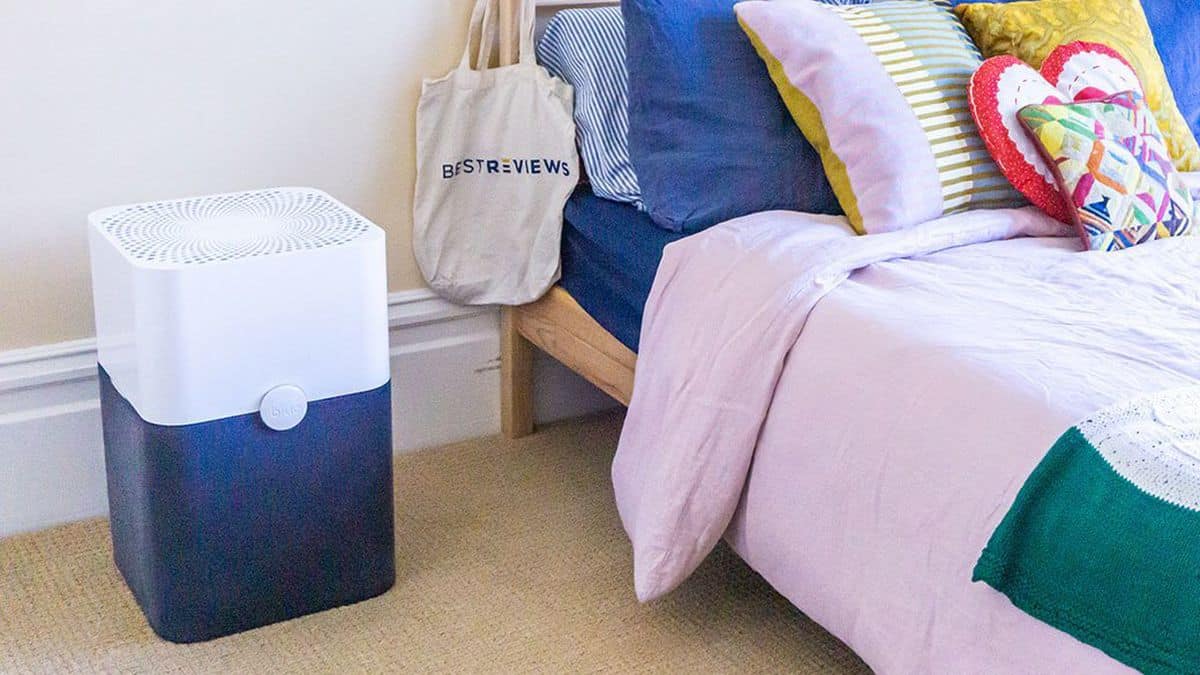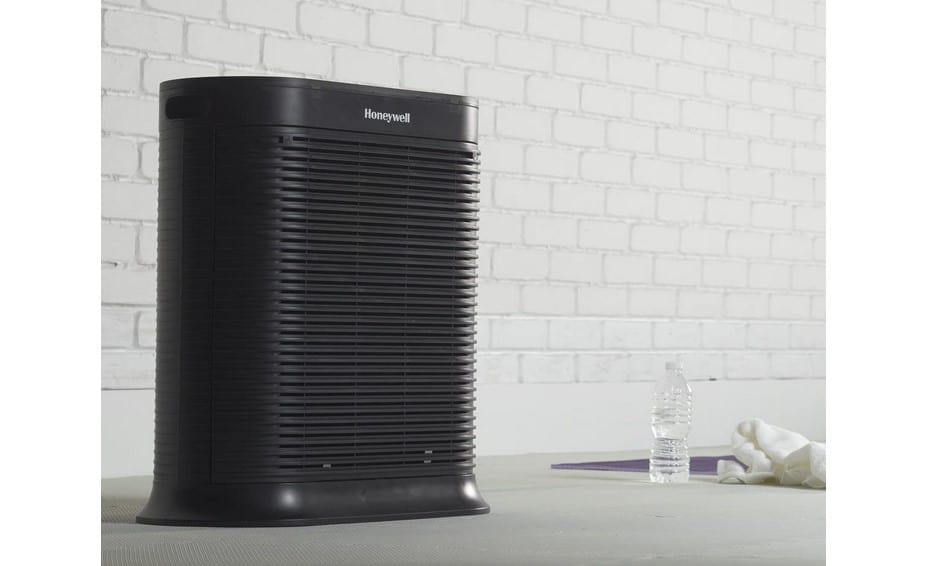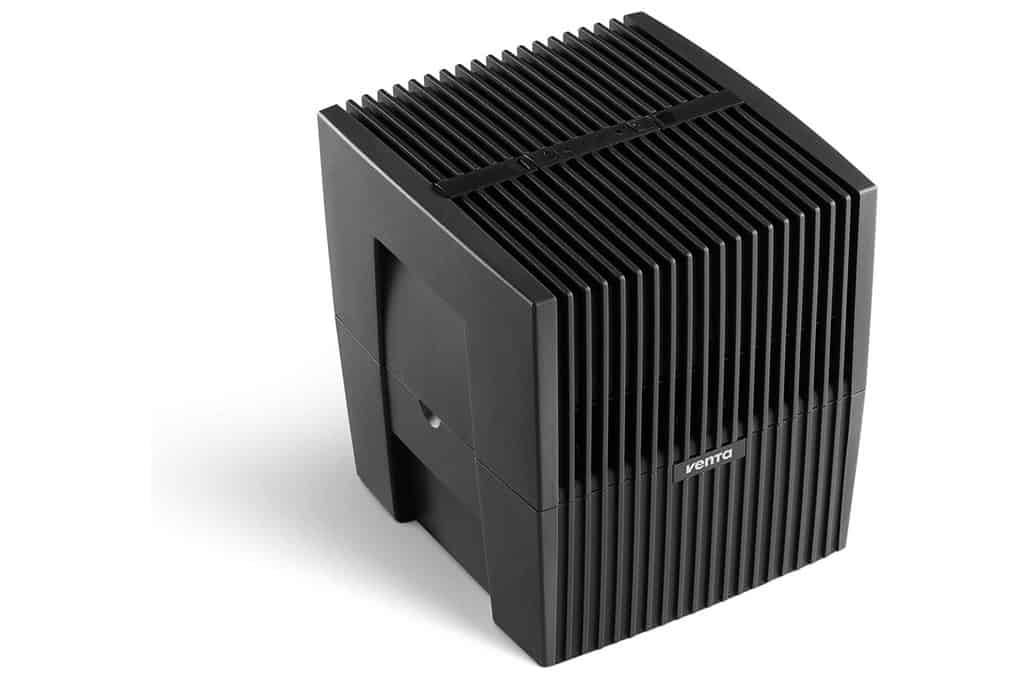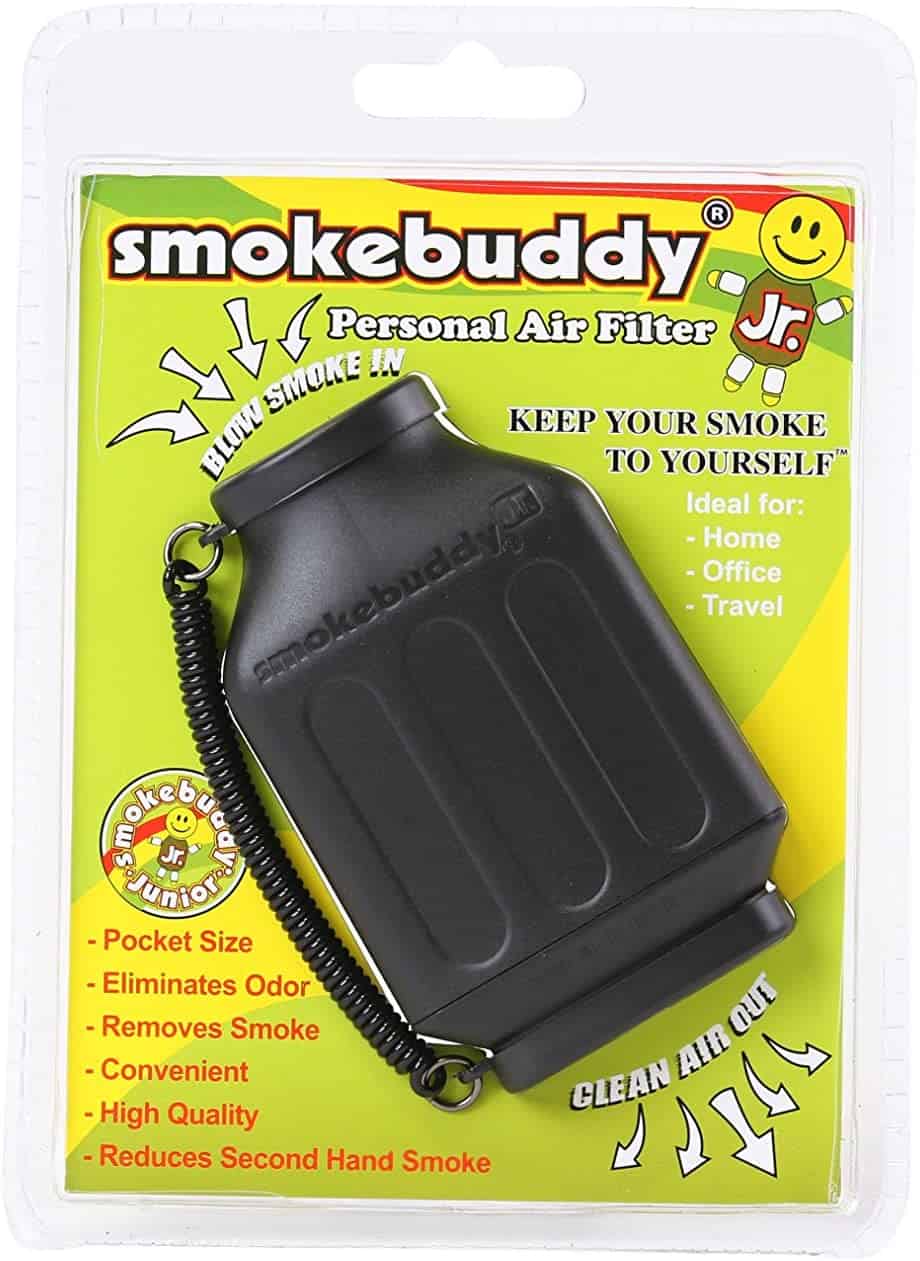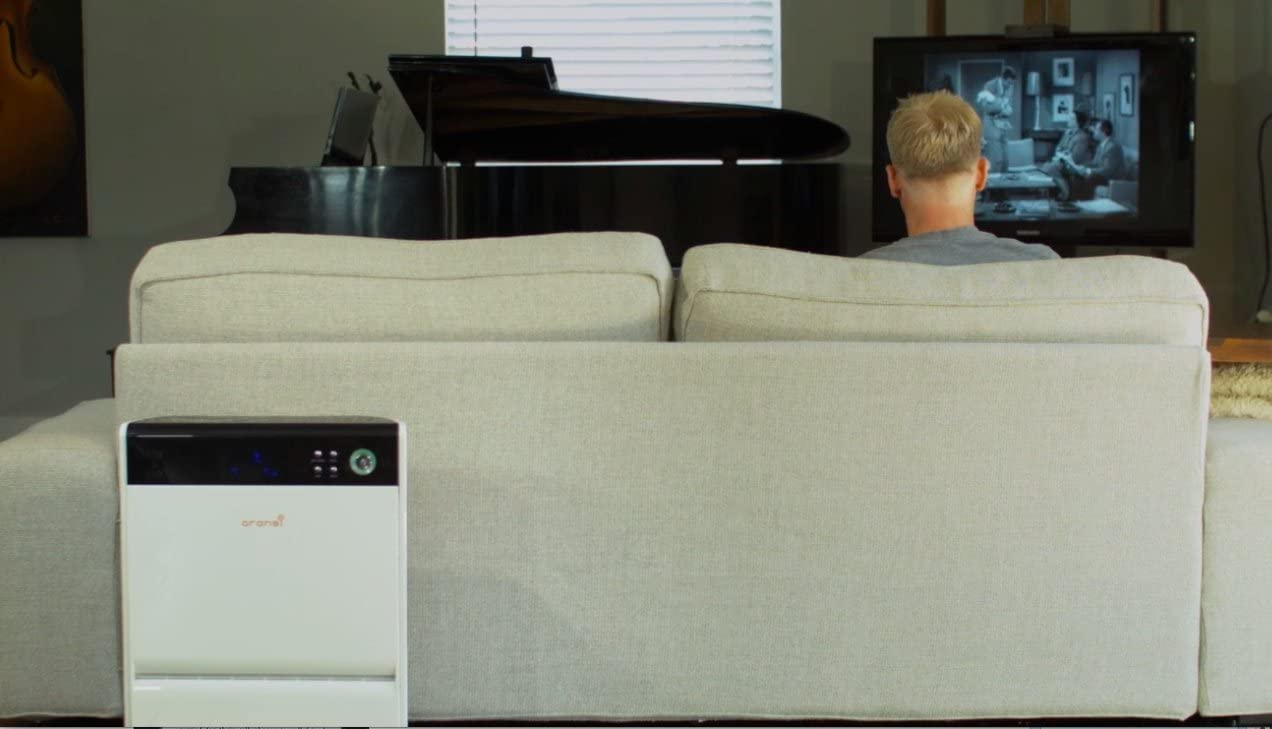Several air purifiers exist in the market today, but finding the best air purifier can be difficult with so many options to choose from. Many consumers and experts consider HEPA filters, as you’ll see with the Daikin Air and Sharp air purifiers, to be the best solution for eliminating particulate matter. However, electronic air purifiers may provide additional cleaning options.
KEY TAKEAWAYS:
- Electronic air cleaners fall under two categories: electrostatic precipitators and air ionizers.
- Both HEPA and activated carbon filters help remove pollutants from the air, though either type removes them from a different source.
- Activated carbon filters come in washable or replaceable forms, and you should make sure you know which you have.
Electronic Air Purifiers vs. Filter-Based Air Purifiers
Electronic air purifiers utilize electricity to charge particles in the air. In doing so, they cause the airborne particles to attract and stick to nearby objects, though the things vary between the two types of air purifiers. On the other hand, air purifiers with a filter pull air into the purifier and trap particles within the surface of the filter. For example, activated carbon filters trap microscopic particles from gases, while HEPA filters trap larger dust particles and other irritants. So, electrostatic air purifiers vs HEPA-based air purifiers and electrostatic precipitators vs ionizing air purifiers, which one do you think are more effective?
What are Electronic Air Purifiers?
The reason behind the name for electronic air purifiers seems pretty simple since they assign an electrical charge to each particle. As a result, every electronic air cleaner creates safe levels of ozone while charging the contaminants in the air. Although ozone is toxic, the small levels produced by these devices should be safe as long as you ventilate the area every once in a while. Although they share many traits, there are some essential differences between the two types of electronic air purifiers. Learn about the differences between air purifiers vs air exchangers with our info content.
Insider Tip
Look for HEPA or “true HEPA” filters since “HEPA-type” ones don’t meet the certification requirements.
Differences Between Electronic Air Cleaners
Both electrostatic precipitators and air ionizers work by charging particles in the air. However, an electrostatic precipitator’s charged particles stick to collection plates within the device. The organic compounds are given a negative or positive charge, and then they become attracted to the oppositely charged plate. When an air ionizer charges the particles, they are assigned a negative charge. These devices do not have collection plates, which causes the particles to stick to various surfaces nearby, including walls, carpets, and clothing. Also, some people believe that duct cleaning can improve air quality. To find out whether this is true, you can read our comparison of duct cleaning vs air purifiers.
HEPA filters
High-efficiency particulate air (HEPA) pleated filters reside in many air purifiers because they are held to such a high standard. For one of these appliances to certify as a HEPA filter, it must eliminate 99.97% of microscopic particles 0.3 microns in size or smaller. These filters typically need to be replaced once a year to continue working efficiently, though some brands claim their HEPA filters are washable filters.
HEPA-type and True HEPA Air Purifiers
Although HEPA filters undergo various tests before certification, some manufacturers choose to advertise their filters that do not meet the requirements as “HEPA-type,” “HEPA-style,” or “99% HEPA.” Consumers should be warned that these “high” efficiency filters are not HEPA filters, and they may not work as well. Most likely, the reusable filters that are HEPA fall under this category. You should find information about the classification in the product description or even in the title.
Activated carbon filters
Activated carbon filters typically reside in air purifiers that remove gaseous pollutants from the airflow. These disposable filters and permanent filters catch odors and volatile organic compounds. In addition, activated carbon filters sometimes can be washed, as long as the product information states it. If you are looking for filter replacements, you should be able to find them in your manufacturer’s store or at the location, you purchased the purifier.
Warning
Electronic air cleaners create ozone at safe levels, but you should regularly ventilate the air within the space, or the ozone will build up.
F.A.Q.
What is the difference between electronic air cleaners and filters?
Electronic air cleaners typically remove particles from the surrounding air in an attempt to improve indoor air quality. Air purifiers with filters pass the air through the device and catch particles in the filter’s fibers.
Do electronic air cleaners remove viruses?
Some air cleaners can eliminate particles that contain viruses. However, they cannot neutralize or catch smaller particles, so you should still be careful and practice safety precautions. For example, if you are cleaning your electronic air purifier, you may want to wear gloves to avoid contact with any bacteria or germs on the surface.
Are electronic air filters better than disposable ones?
Electronic air filters must be washed every few months to eliminate the particles trapped within, while disposable filters can be replaced. Disposable HEPA filters work efficiently to eliminate these particles and are generally considered better. To determine the effectiveness of the filter, you should check the MERV rating. For example, MERV 13 filters remove ≥85% of 1-3 um particles.
STAT: MERV 13 filters remove ≥85% of 1-3 um particles. (source)
REFERENCES:
- https://www.epa.gov/air-emissions-monitoring-knowledge-base/monitoring-control-technique-electrostatic-precipitators#:~:text=An%20electrostatic%20precipitator%20(ESP)%20removes,plates%20carrying%20the%20opposite%20charge
- https://en.wikipedia.org/wiki/Air_ioniser
- https://www.epa.gov/indoor-air-quality-iaq/what-hepa-filter-1r
- https://molekule.science/activated-carbon-air-filter/
- https://oransi.com/blogs/blog/electrostatic-precipitator

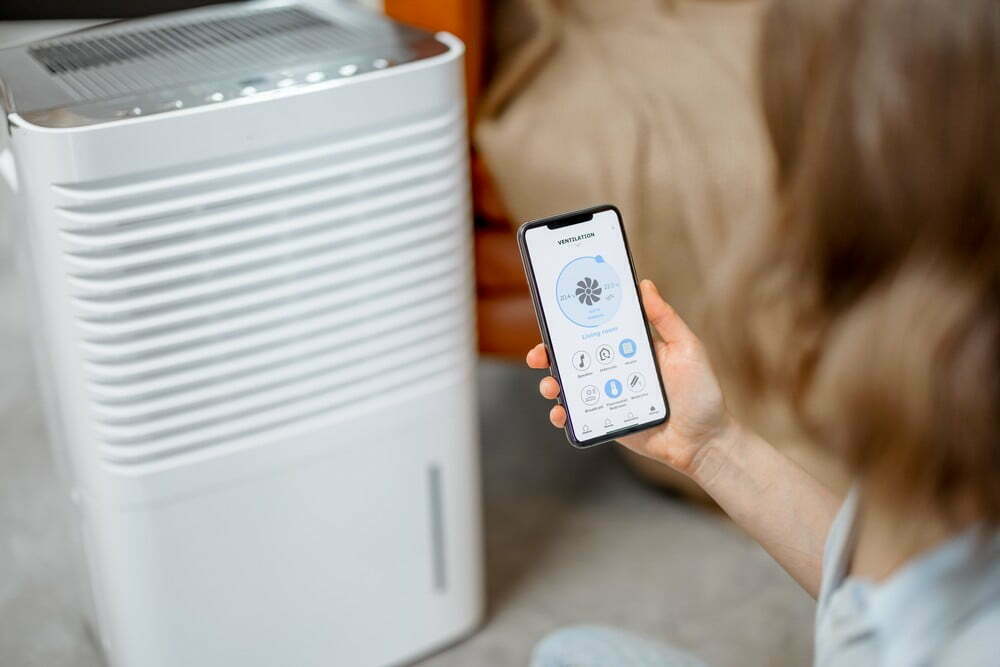













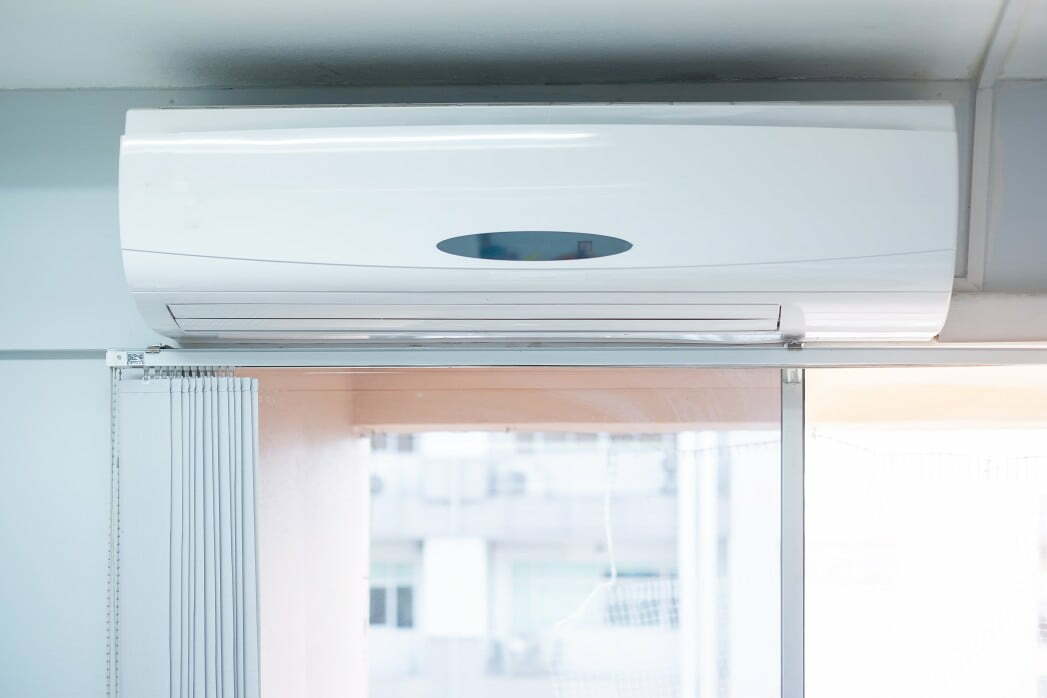
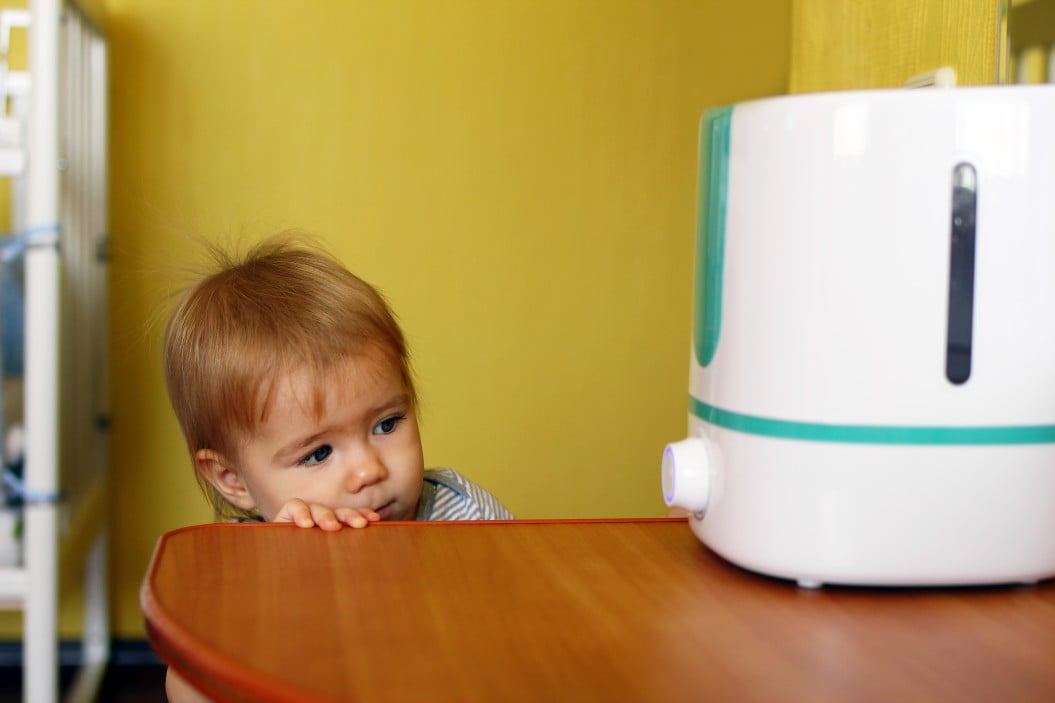
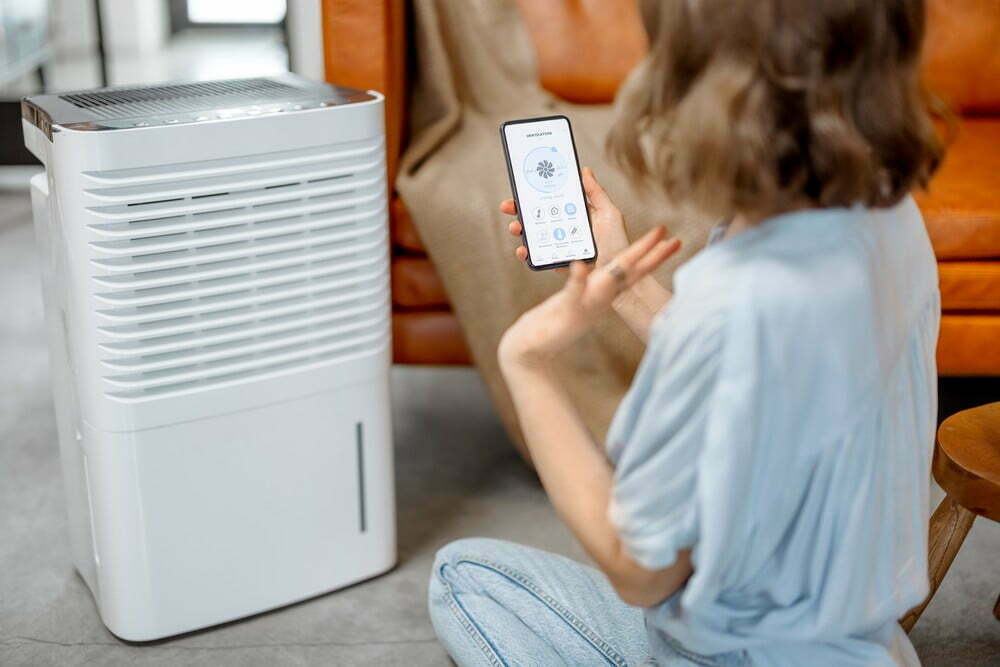
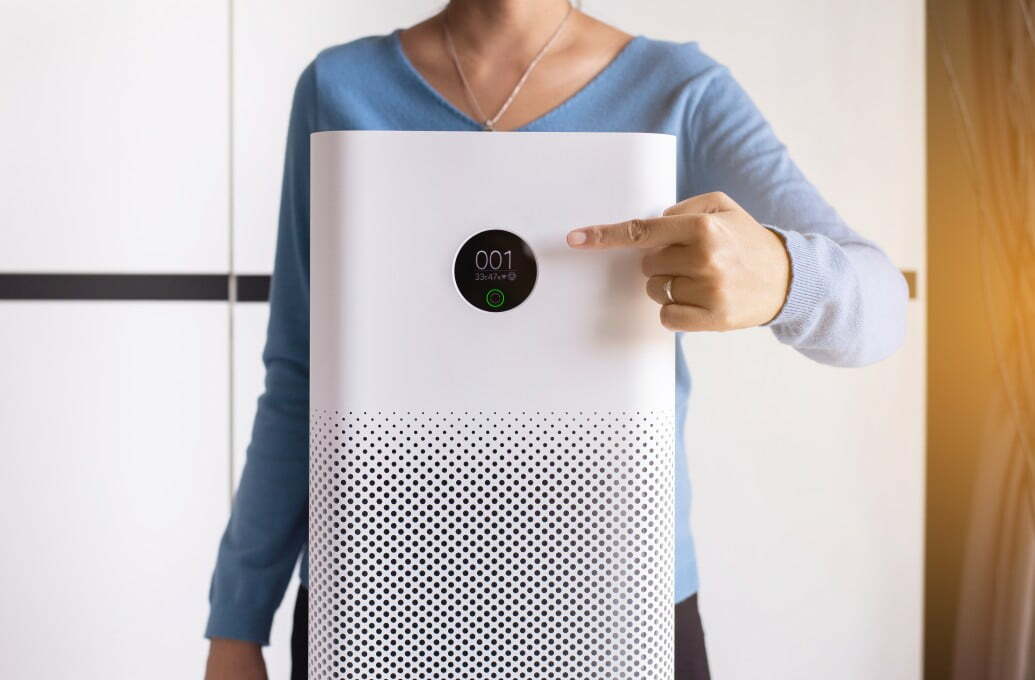
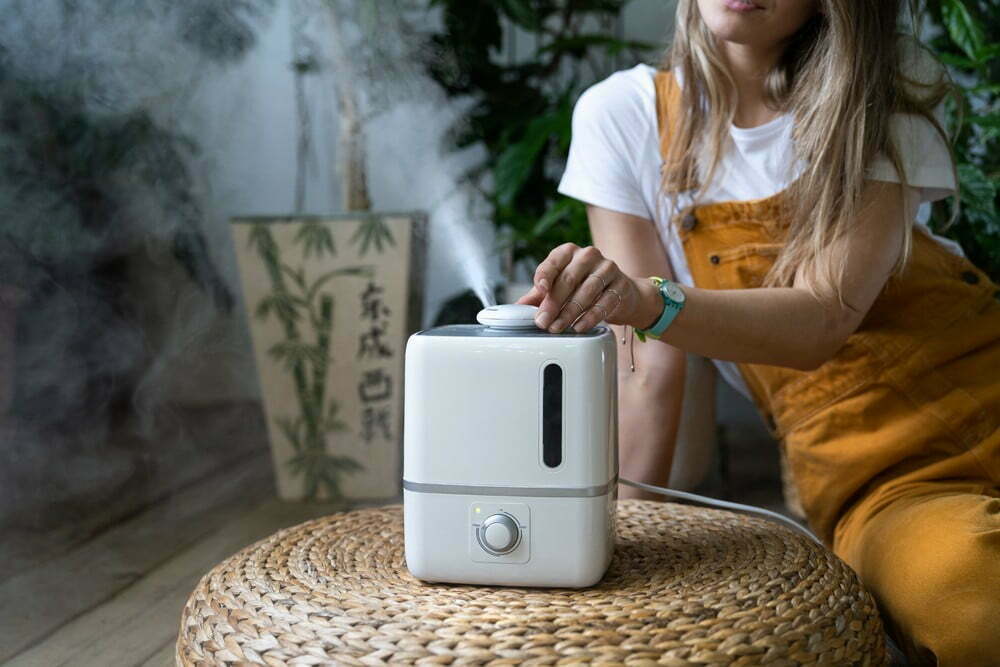


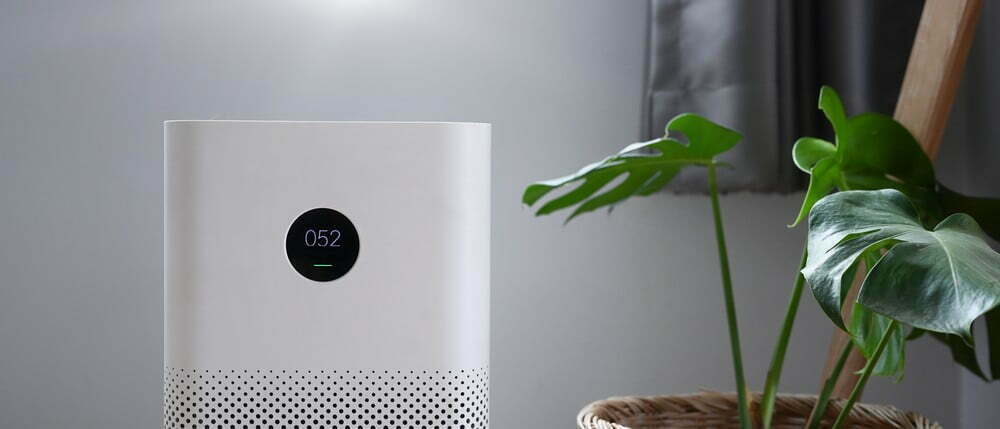
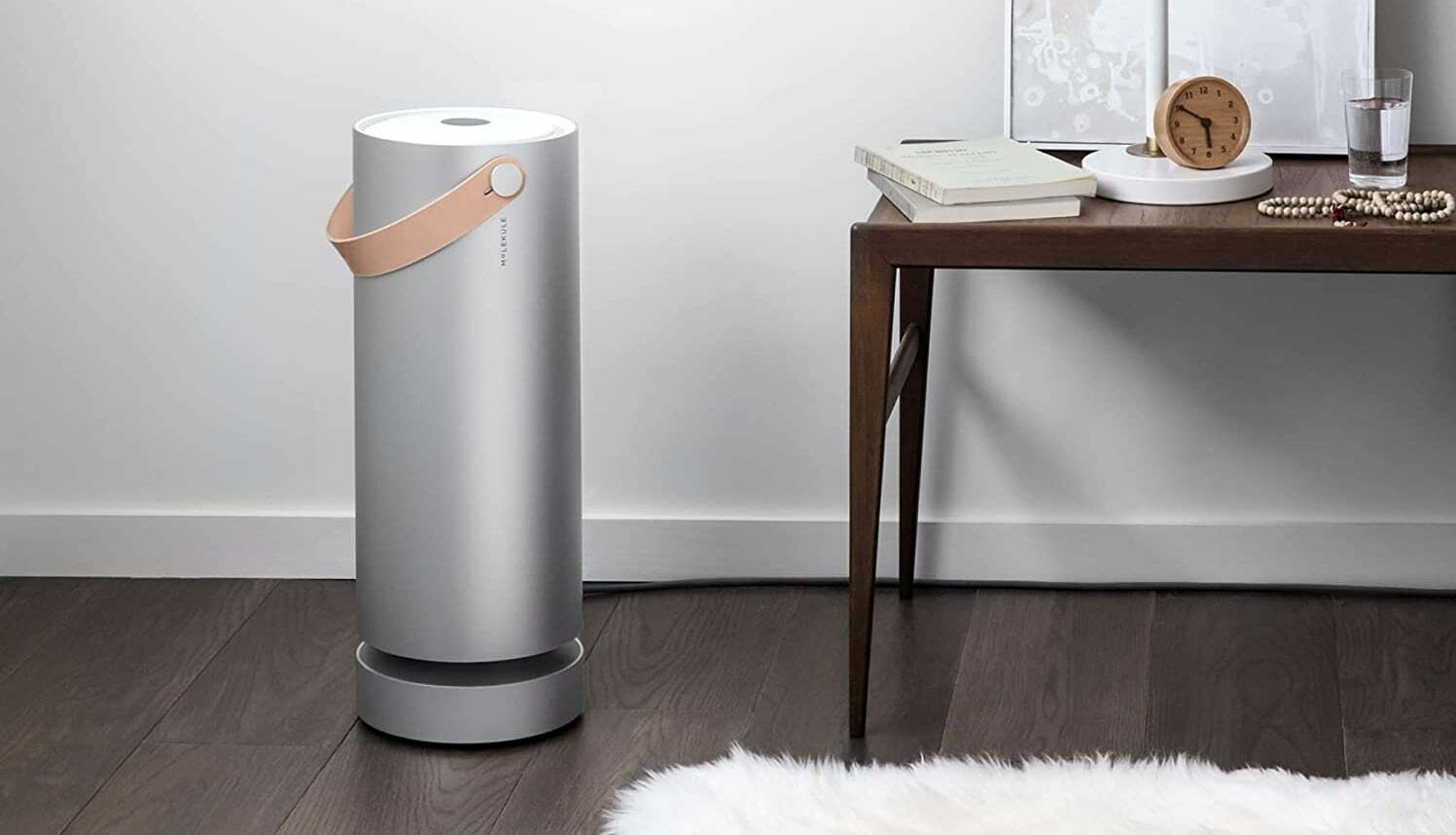
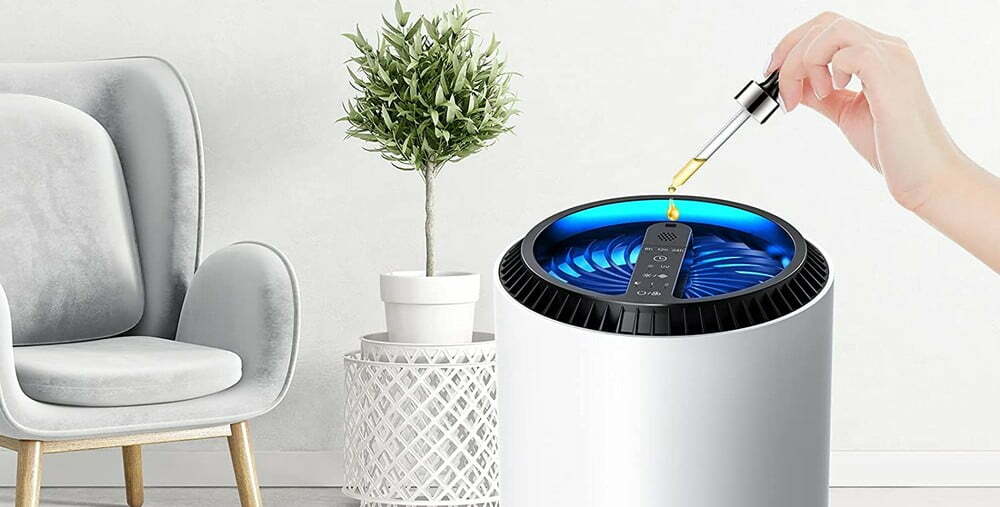
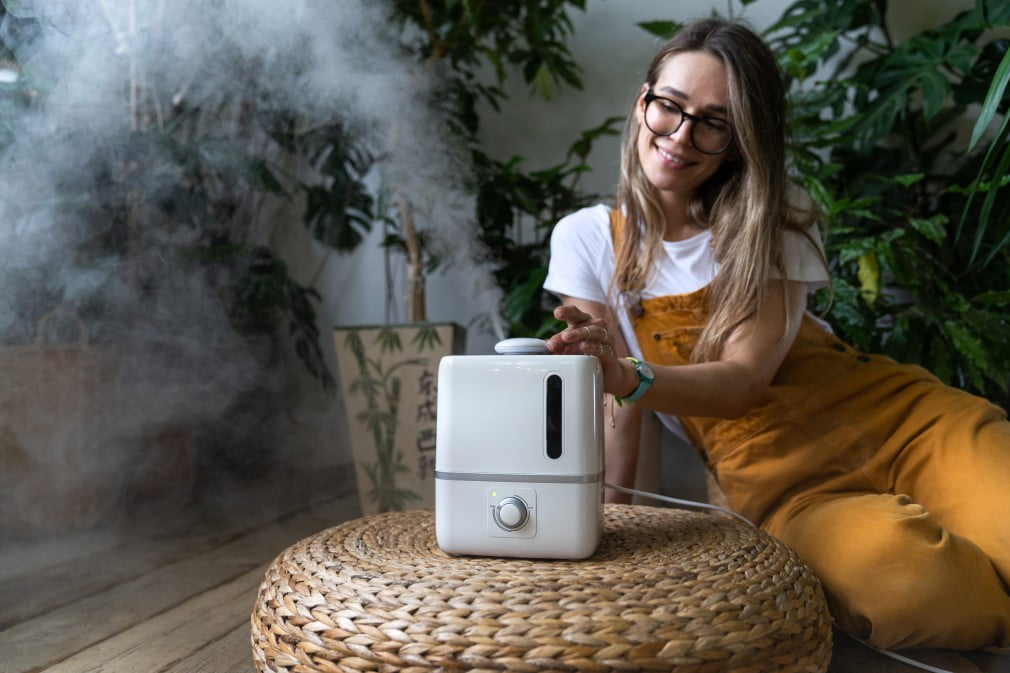
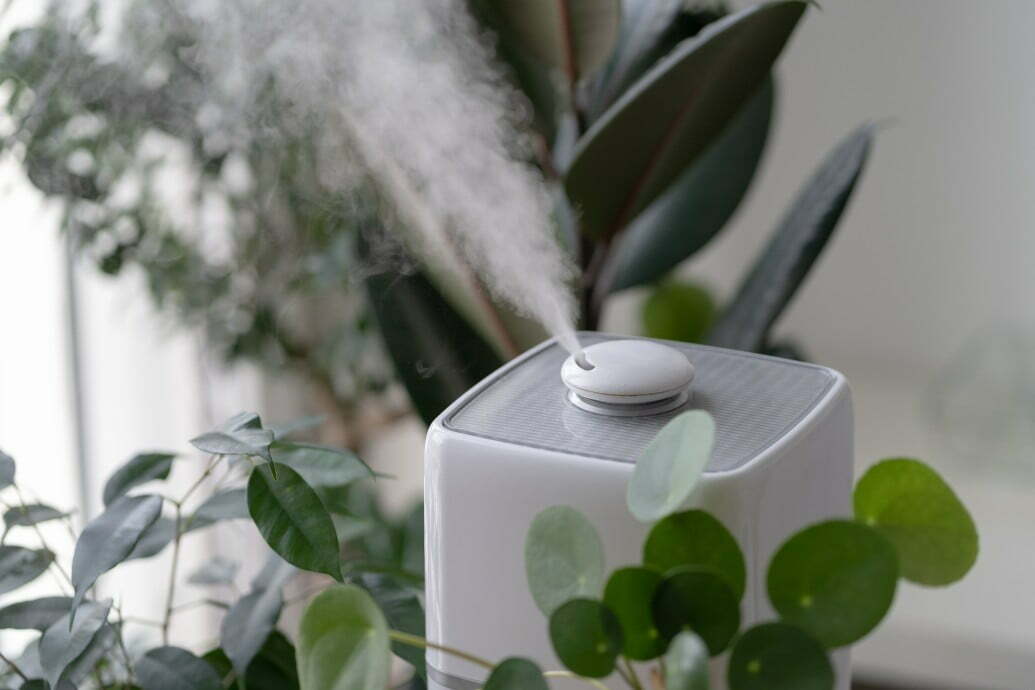

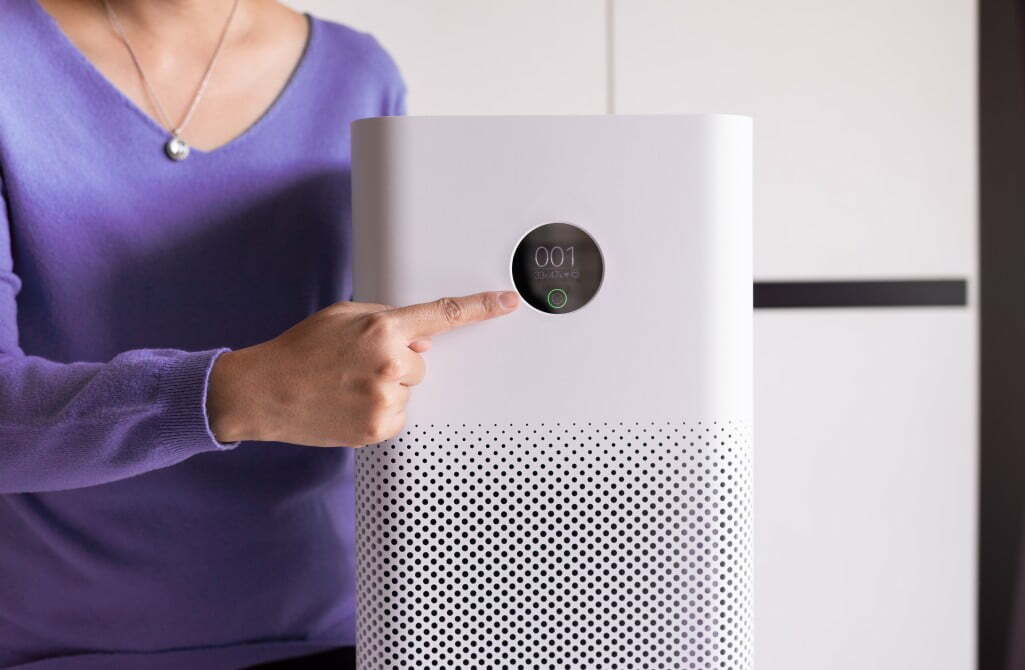
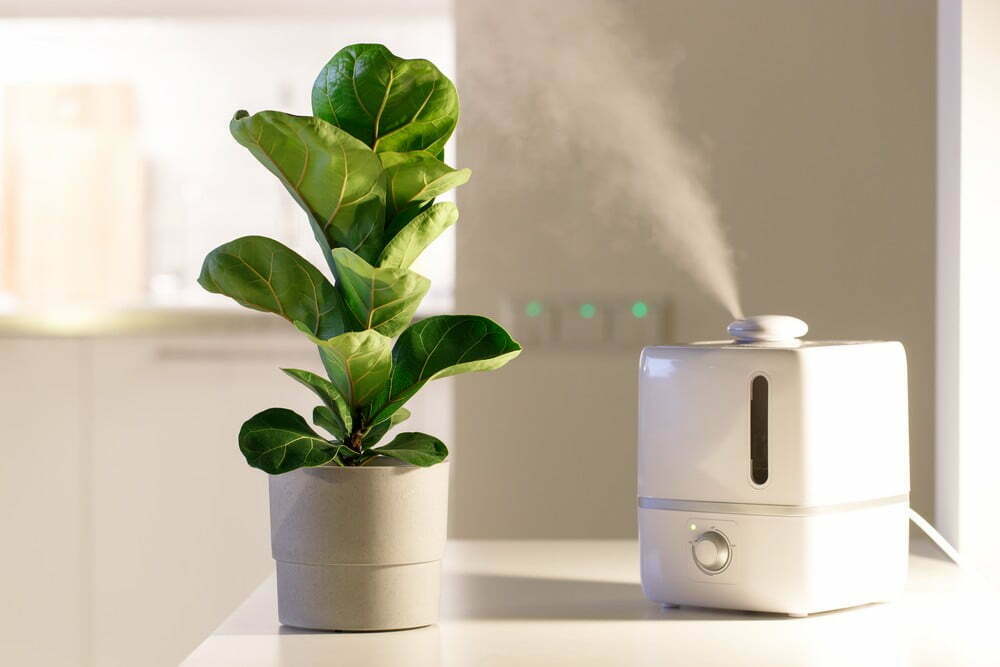

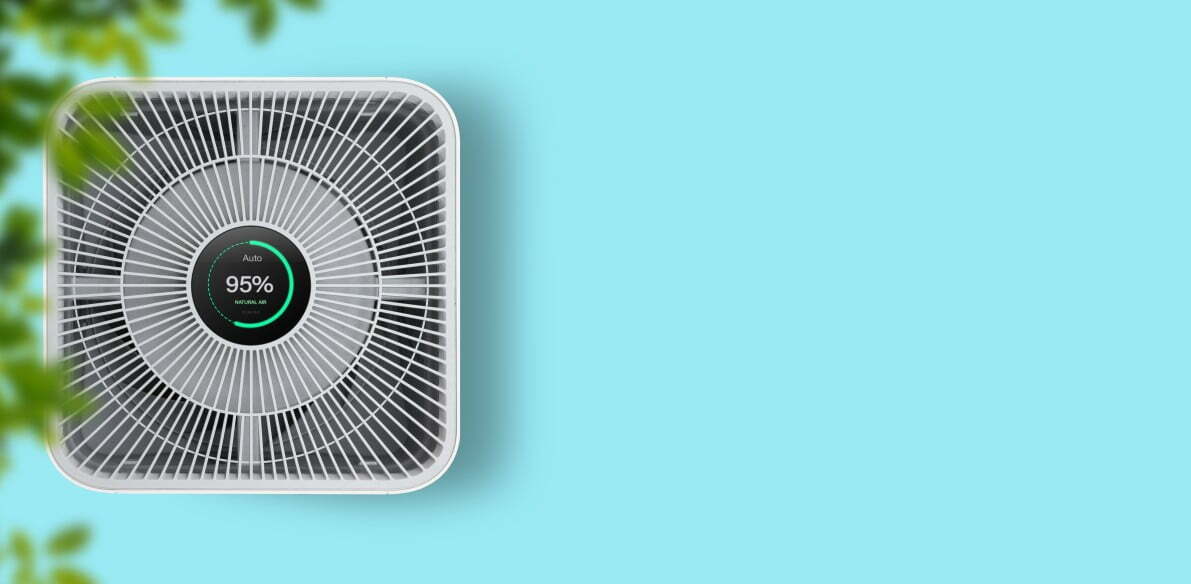
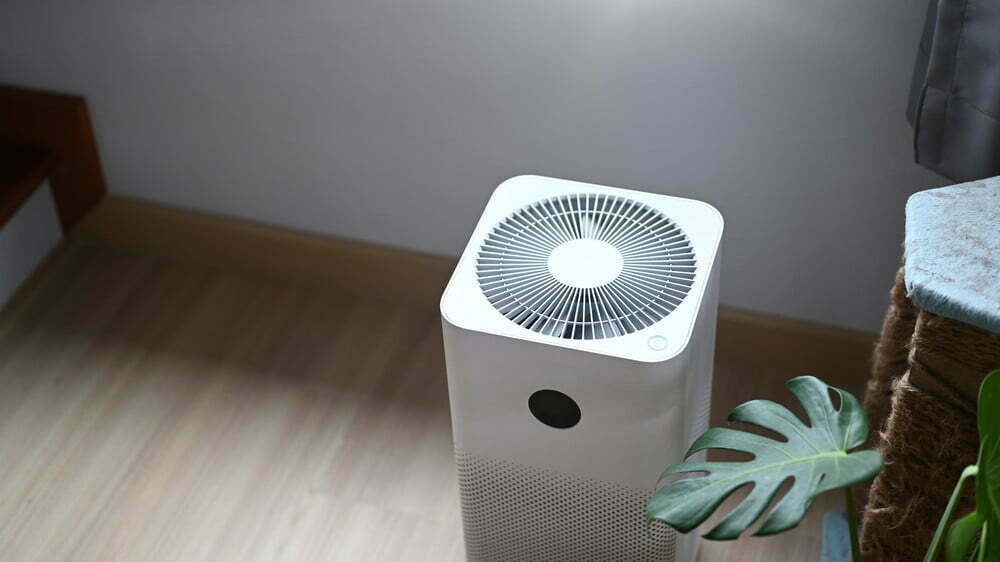
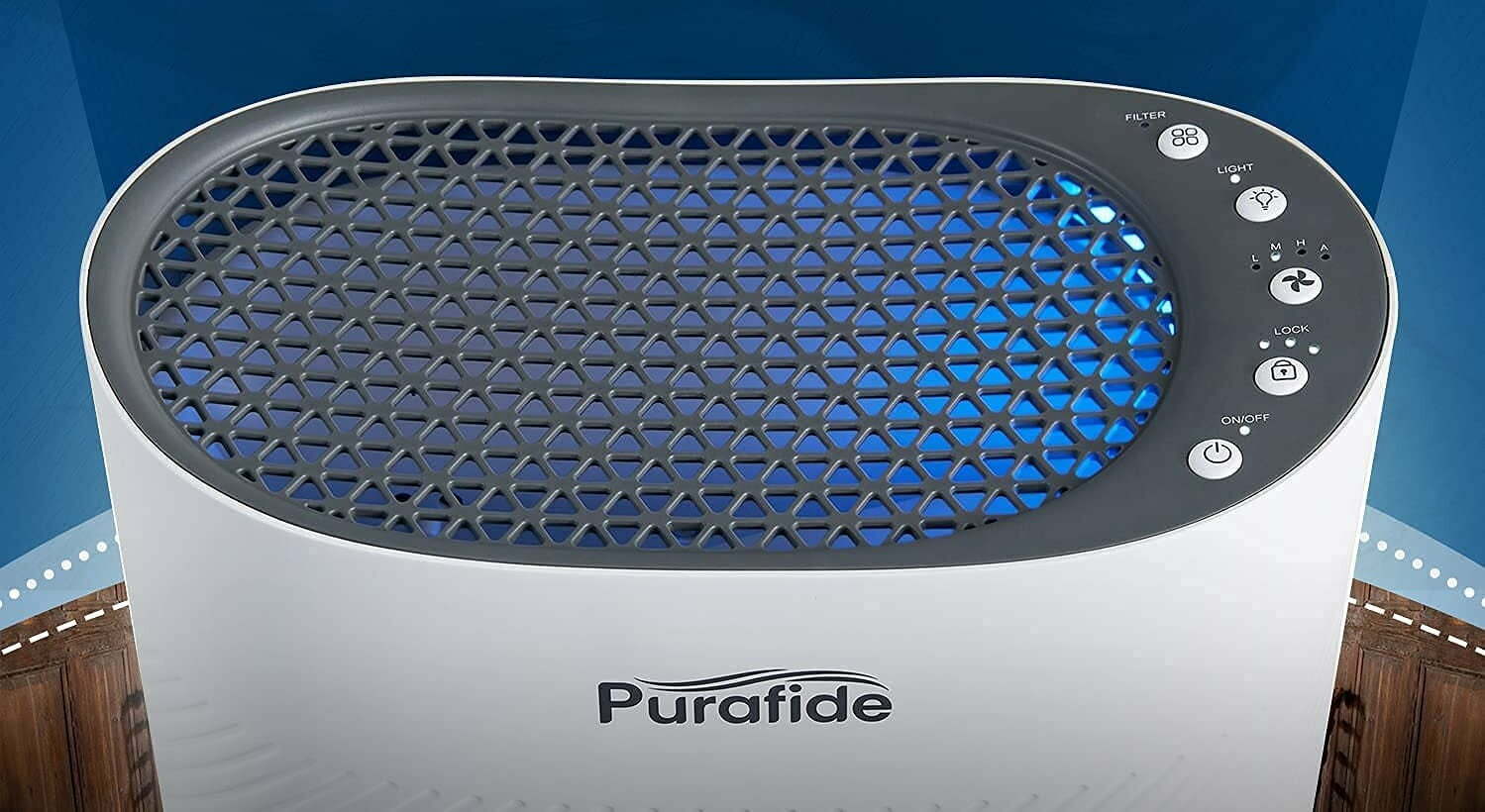
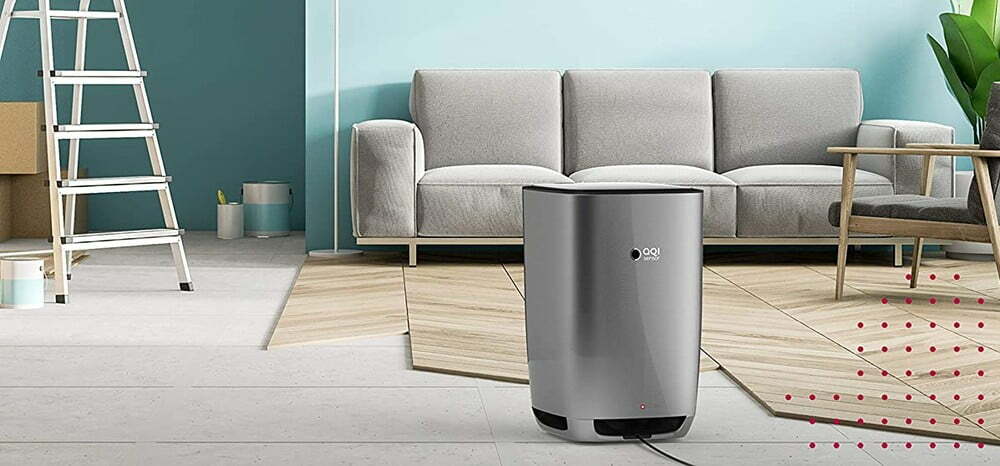
![Best Air Purifiers for VOCs and Formaldehyde in [year] 27 Best Air Purifiers for VOCs and Formaldehyde in 2026](https://www.gadgetreview.dev/wp-content/uploads/best-air-purifier-for-vocs-and-formaldehyde-image.jpg)
![Best Air Purifier in [year] ([month] Reviews) 28 Best Air Purifier in 2026 (January Reviews)](https://www.gadgetreview.dev/wp-content/uploads/Honeywell-True-HEPA-Allergen-Remover-HPA300-e1475603569442.jpg)
![Best Air Purifiers for Dust in [year] 29 Best Air Purifiers for Dust in 2026](https://www.gadgetreview.dev/wp-content/uploads/best-air-purifier-for-dust-image.jpg)
![Best Honeywell Air Purifiers in [year] 30 Best Honeywell Air Purifiers in 2026](https://www.gadgetreview.dev/wp-content/uploads/best-honeywell-air-purifier-image.jpg)
![Best Germicidal Air Purifiers in [year] 31 Best Germicidal Air Purifiers in 2026](https://www.gadgetreview.dev/wp-content/uploads/best-germicidal-air-purifier-image.jpg)
![Best Filterless Air Purifiers in [year] 32 Best Filterless Air Purifiers in 2026](https://www.gadgetreview.dev/wp-content/uploads/best-filterless-air-purifier-image.jpg)
![Best Levoit Air Purifiers in [year] 33 Best Levoit Air Purifiers in 2026](https://www.gadgetreview.dev/wp-content/uploads/best-levoit-air-purifier-image.jpg)
![Best Air Purifiers for Smoking Weed in [year] 34 Best Air Purifiers for Smoking Weed in 2026](https://www.gadgetreview.dev/wp-content/uploads/best-air-purifier-for-smoking-weed-image.jpg)
![Best Quiet Air Purifiers in [year] 35 Best Quiet Air Purifiers in 2026](https://www.gadgetreview.dev/wp-content/uploads/best-quiet-air-purifier-image.jpg)
![Best Desktop Air Purifiers in [year] 36 Best Desktop Air Purifiers in 2026](https://www.gadgetreview.dev/wp-content/uploads/best-desktop-air-purifier.jpg)
![Best Dyson Air Purifiers in [year] 37 Best Dyson Air Purifiers in 2026](https://www.gadgetreview.dev/wp-content/uploads/best-dyson-air-purifier.jpg)
![Best Air Purifiers for Dorm Room in [year] 38 Best Air Purifiers for Dorm Room in 2026](https://www.gadgetreview.dev/wp-content/uploads/air-purifier-for-dorm-room-1.jpg)
![Best Air Purifiers for Office in [year] 39 Best Air Purifiers for Office in 2026](https://www.gadgetreview.dev/wp-content/uploads/best-air-purifier-for-office.jpg)
![Best Air Purifiers for Basement in [year] 40 Best Air Purifiers for Basement in 2026](https://www.gadgetreview.dev/wp-content/uploads/best-air-purifier-for-basement.jpg)
![Best Air Purifiers For Odor in [year] 41 Best Air Purifiers For Odor in 2026](https://www.gadgetreview.dev/wp-content/uploads/best-air-purifier-odor.jpg)
![10 Best Personal Air Purifiers in [year] 42 10 Best Personal Air Purifiers in 2026](https://www.gadgetreview.dev/wp-content/uploads/best-personal-air-purifiers.jpg)
![10 Best Plug In Air Purifiers in [year] 43 10 Best Plug In Air Purifiers in 2026](https://www.gadgetreview.dev/wp-content/uploads/best-plug-in-air-purifier-image.jpg)
![10 Best Whole House Air Purifiers in [year] 44 10 Best Whole House Air Purifiers in 2026](https://www.gadgetreview.dev/wp-content/uploads/best-whole-house-air-purifier-image.jpg)
![10 Best Large Room Air Purifiers in [year] 45 10 Best Large Room Air Purifiers in 2026](https://www.gadgetreview.dev/wp-content/uploads/Coway-Airmega-200M-Large-Room-Air-Purifier-900x900-1.png)
![10 Best UV Air Purifiers in [year] 46 10 Best UV Air Purifiers in 2026](https://www.gadgetreview.dev/wp-content/uploads/best-uv-air-purifier.jpg)
